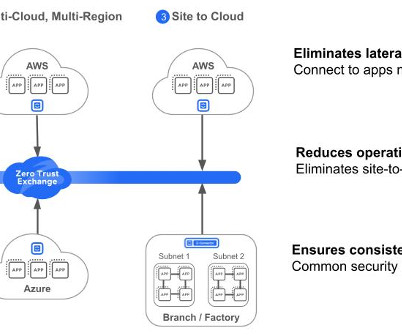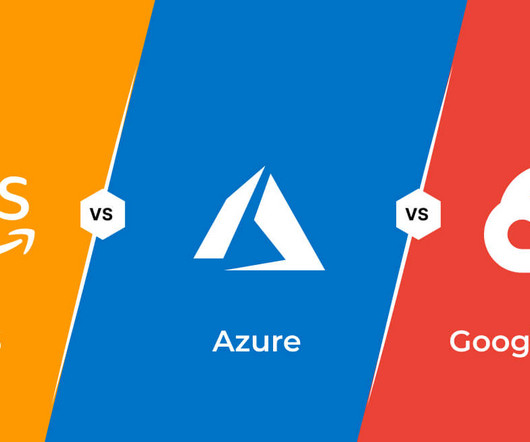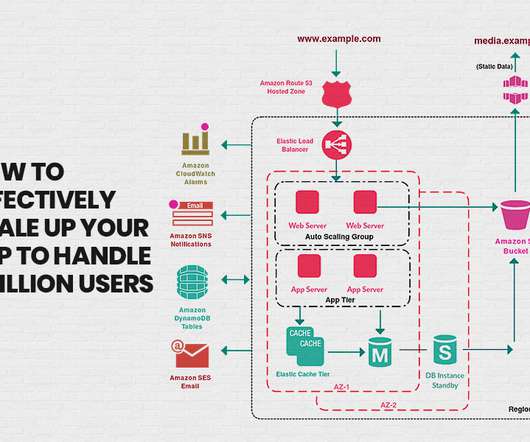AWS vs. Azure vs. Google Cloud: Comparing Cloud Platforms
Kaseya
MAY 13, 2021
The public cloud infrastructure is heavily based on virtualization technologies to provide efficient, scalable computing power and storage. Cloud adoption also provides businesses with flexibility and scalability by not restricting them to the physical limitations of on-premises servers. Scalability and Elasticity.























Let's personalize your content